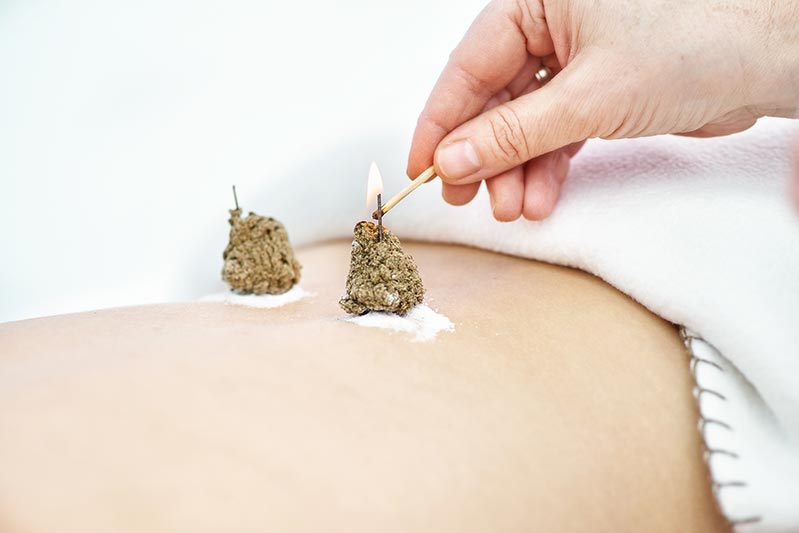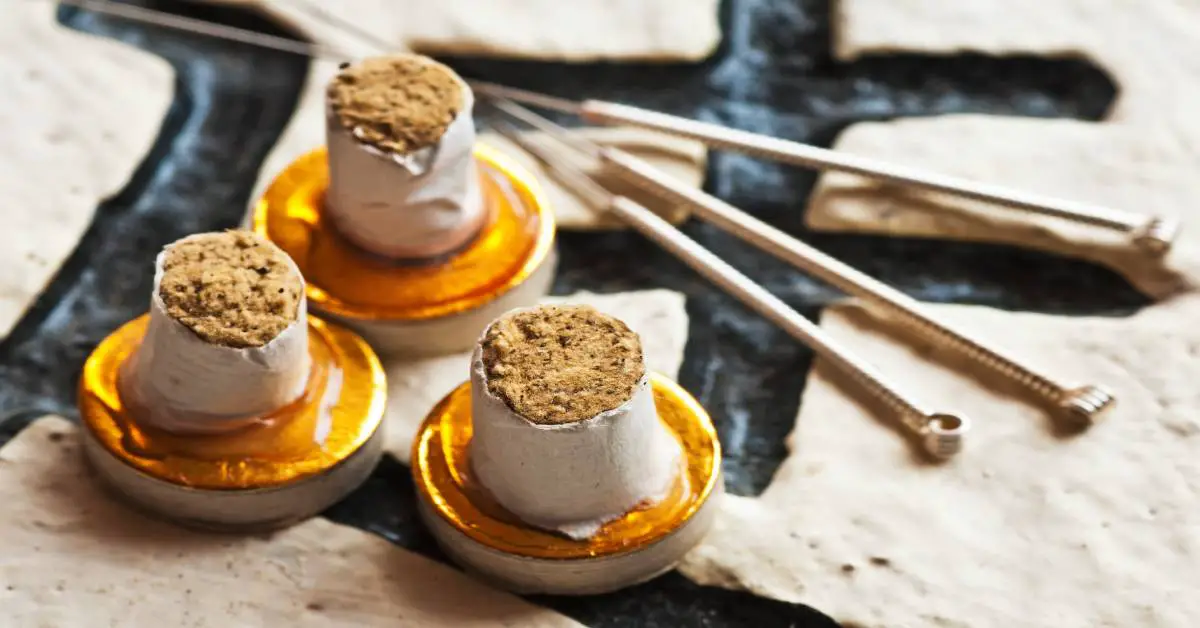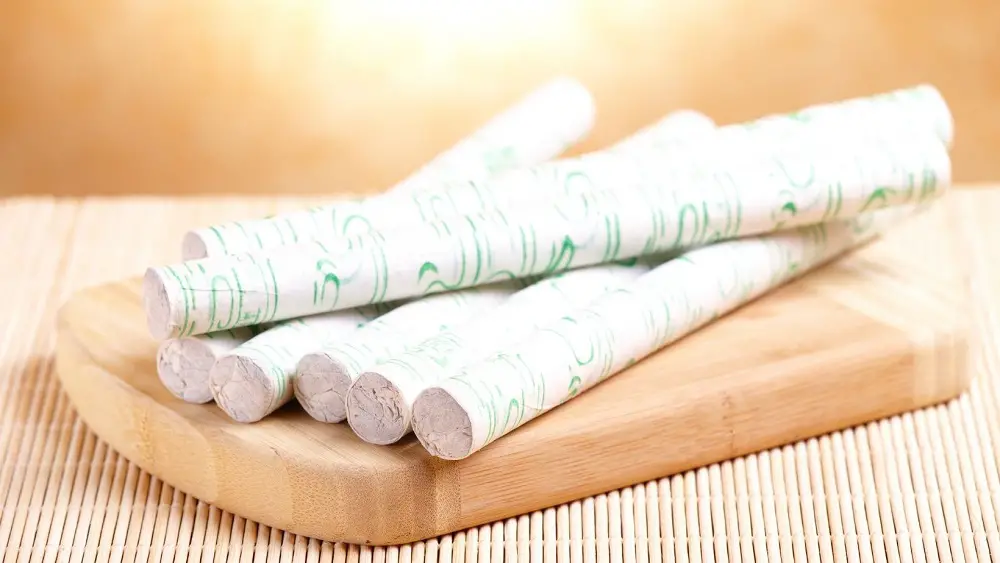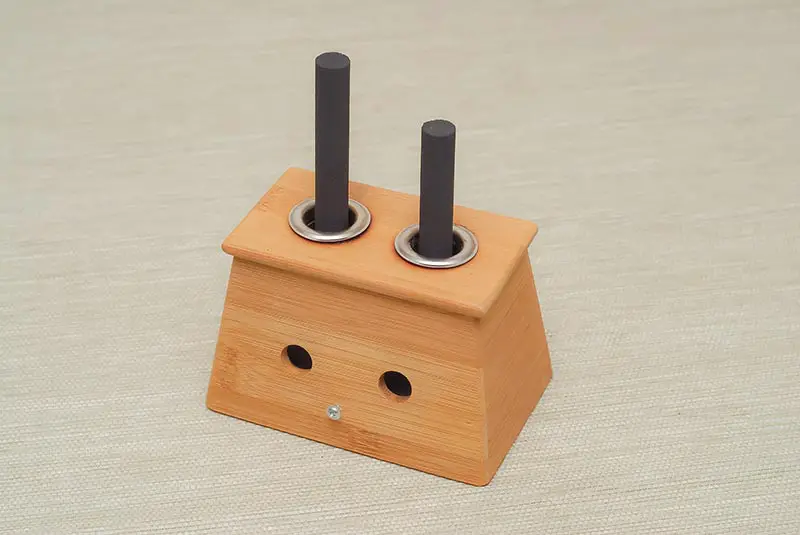Do you want to figure out how to make moxa from scratch, but have no clue where to start? Making your moxa is not just about saving money on moxa supplies; it’s about getting in touch with nature.
Learning how to cultivate your plants can help you get in tune with your energy. Once you make something with your own two hands, you will feel a unique sense of accomplishment and peace like you’ve never felt before.
After all, it takes a lot of time, patience, and dedication to making a worthy moxa. All you have to do is follow the steps below, and you will make a top-quality product, even better than the store-bought version. Here is how you can do it.
How to Make Moxa At Home?
To create good moxa, you need one peculiar plant – mugwort. It is one of the most well-known plants used for its medicinal and therapeutic properties. This plant is the key ingredient in whatever moxa product you plan to make.
To start with the production process, here are five steps you need to follow. Stick to these guidelines, and you will learn how to make moxa from mugwort for your next heat therapy.
Step 1: Collect Mugwort When It’s Ripe for Picking
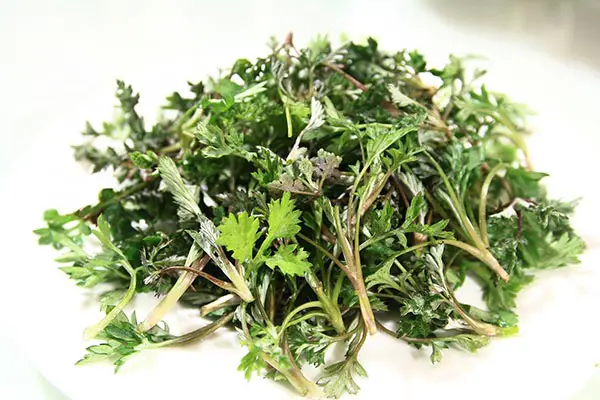
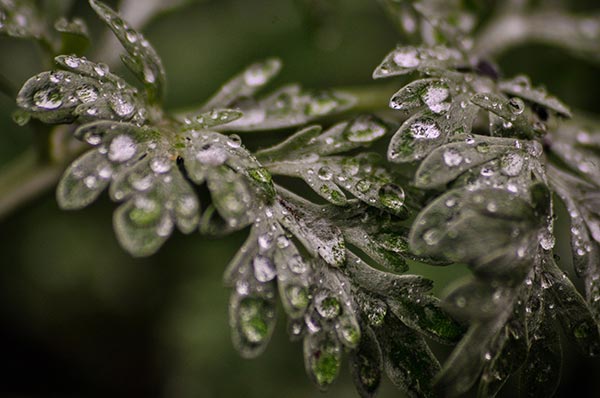
If you want to make a good moxa, you need to know exactly what you are looking for. It’s vital to recognize the mugwort and not pick any other plants instead. The problem is, a lot of people confuse the mugwort plant with wormwood.
Of course, if you take a closer look, you will immediately notice the difference. Mugwort has white leaves underneath and opulent green on the top. The tips are very pointy, and the stems are purple. When you find the plant, harvest it with the stems intact.
Another thing you should think about is the harvest time. The plant has to be ripe for the moxa to work. Harvest the mugwort before it makes seeds or flowers. If you notice the plant has seeds or flowers, let it go.
Step 2: Hang the Mugwort to Dry
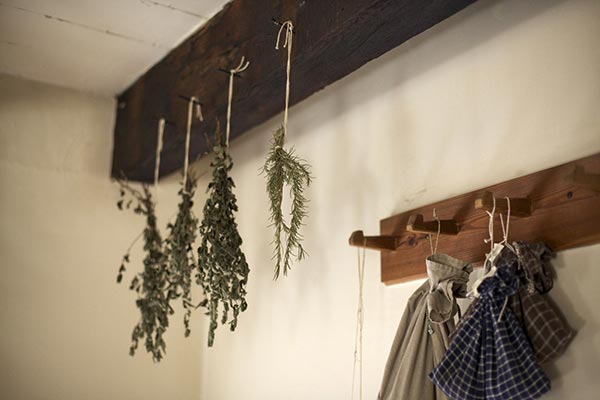
Once you’ve collected the plant, it’s time to let it air dry. The best way to do that is to cut some of the stalks, without cutting too high. The goal is to leave a bit of the stalk on each plant for the leaves to hold on to it. Then, tie each stalk with whatever you have at hand, and let them air dry.
Make sure the plant is directly under the sun. Put them upside down so that the plants will dry evenly on each side. This process lasts a few weeks. So, be patient.
To skip the process, you can buy dried mugwort, like the TerraVita Organic Mugwort Herb, for example. It can save you some time.
Step 3: Remove the Dry Leaves from the Stems
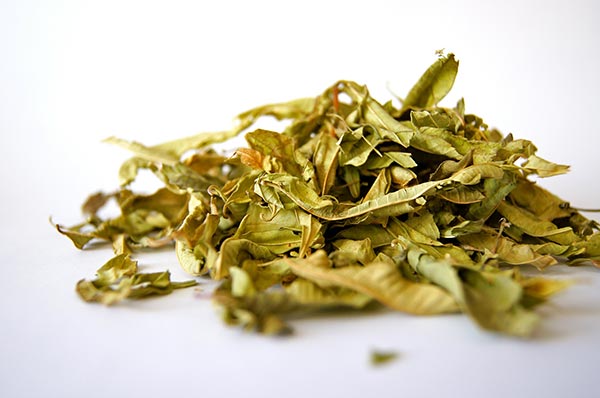
When the leaves have completely dried and lost their green color, it is time to separate them from the stems. Carefully inspect every leaf for bugs or spiders that might have crawled on their surface.
It may seem like an unnecessary process, but it’s one of the most important steps. Since the plant was drying outside, there is a high possibility they will attract some critters. So, don’t forget to inspect the leaves before you get to the next step.
Step 4: Sieve and Grind the Leaves Repeatedly
This is the most time-consuming and energy-draining process. But it is worth it. What you need to do now is take a grinder and keep grinding the seeds until you get a sandy-like consistency. Then sieve the leaves.
Keep sieving and grinding over and over again until you get a perfect-looking floss.
Even if you think you are done, you still need to keep grinding and sieving. Once you get that thick and fluffy consistency, you are good to go.
Step 5: Age the Floss
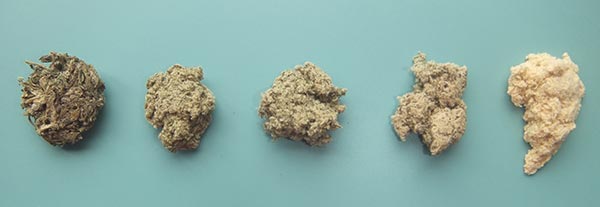
A good floss needs to be aged for three years directly under the sun. A fresh one will look green, but an aged one will get a golden color and a fluffier consistency. This is exactly what you need. Remember, no one said you could use the floss immediately after you’ve made it.
Do have in mind that the color and the texture of a homemade floss will vary. Some leaves will have better quality; others will be more finely ground. Even if your floss doesn’t have the exact same color as the pictures here, it doesn’t mean that you messed up your floss. On the contrary, you still have a good quality product; you just used a plant that grew in a different region. The cleaner the region, the better the plant.
If you don’t grow your mugwort, you can always collect some in the forest or any area you know it grows. Just make sure it’s not somewhere the ground is extremely polluted, or it will affect the quality of the plant.
Tip: The higher the quality of the floss, the better the smell and the less smoke it will create. Also, the heat won’t be that fierce, so you have fewer odds of hurting the skin. Instead, it produces a mellow fire that gives just enough heat to stimulate the proper acupoints.
Final Thoughts
People have been using mugwort for its medicinal properties for thousands of years. It has such potent therapeutic properties that make it an excellent product for moxibustion or heat therapy. But, nothing beats making your moxa at home. You pick the quality of the leaves, work your way through the process, and come up with some remarkable results. It does take a lot of time to make it, but it’s a time well spent.
Have you tried making your moxa from mugwort? Did it work out the way you wanted it to? Share your experience in the comments below.
Related Reading
- What Is Green Moxa Punk?
- How to Use Moxa at Home
- Moxibustion points for weight loss – Having mastered making moxa, you might be curious about its specific applications. Our guide reveals how moxibustion targets weight loss, detailing the vital points and techniques. It’s a fresh perspective for those eager to blend traditional wisdom with modern weight management strategies.
Credit: Photo by Katherine Hanlon on Unsplash

Try our Anti-Aging Gua Sha Tool designed to bring out your skin’s natural glow.
Best Gua Sha Product- Anti-Aging: The tool is designed to target 11 specific aging signs such as wrinkles and sagging skin. By following the 7-step routine, users can improve skin firmness and reduce fine lines naturally.
- Enhances Skincare Routine: It works effectively with serums and lotions, boosting absorption and efficacy of skincare products.
- Visible Skin Improvement: Users can expect a smoother complexion, reduced puffiness, and a more youthful appearance.
 P. Sze
P. Sze 